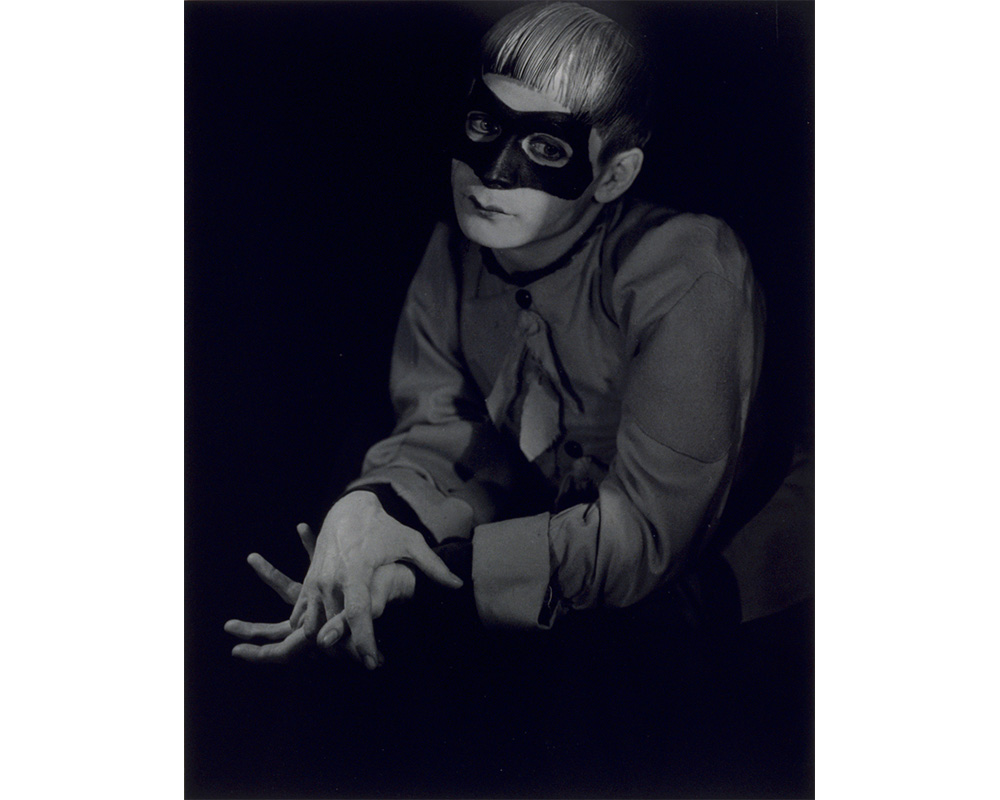
Student Picks: Conceal/Reveal – The Exquisite Art of Masking and Costuming
Student Picks is a SCMA program in which Smith students organize their own one-day art show using our collection of works on paper. This month’s student curator and guest blogger Camille Kulig ’13 discusses her show “Conceal/Reveal: The Exquisite Art of Masking and Costuming” which will be on view this Friday February 1 from 12-4 PM in the Cunningham Center for the Study of Prints, Drawings, and Photographs.
People have long exploited the power of costuming and masking as a means to both reveal and conceal parts of their identities. Masking and costuming have provided an outlet in which changing and altering appearances is made possible, questioning how we see ourselves and in turn, how others see us.
In the literal sense, masks have been used throughout time in a variety of contexts as a way to transform the appearance of a person often for the sake of a performance, as seen in featured works, Barnum and Bailey and Portrait of Gene Loring of the Ballet Caravan. This idea of transformation is one that has made the art of masking and costuming in the figurative sense a great source of agency and fascination. In the 1970’s performance artist and photographer Martha Wilson harnessed the power of costume in her Portfolio of Models series, in which she takes on the personas of six female stereotypes through the device of dress and masking. A decade later Cindy Sherman, as seen in her work Untitled #95, further utilized the power of costuming and masking to challenge the viewer’s perception of reality, artifice and the performance of femininity through her staged vignettes in which artist stands in as actor. In Cuban artist Eduardo Hernandez Santo’s, series El Muro (The Wall) he captures the underworld of drag and the integral role make-up and dress play in transforming the body, making the question “Que Trajo la Metamorfosis?”—“What Brought on the Change?” particularly fitting. In masking the exactitude of knowing one’s identity is brought into question, or as Goya so aptly summed up with the title of his 1799 work Nadie se Conoce — “Nobody Knows Anybody.”
Ironically, the artifice masking enables, grants people access to their truest selves. Through the guise of costuming and masking, people are allowed freedom otherwise inaccessible. In this way, masking and costuming paradoxically and simultaneously conceal and reveal.
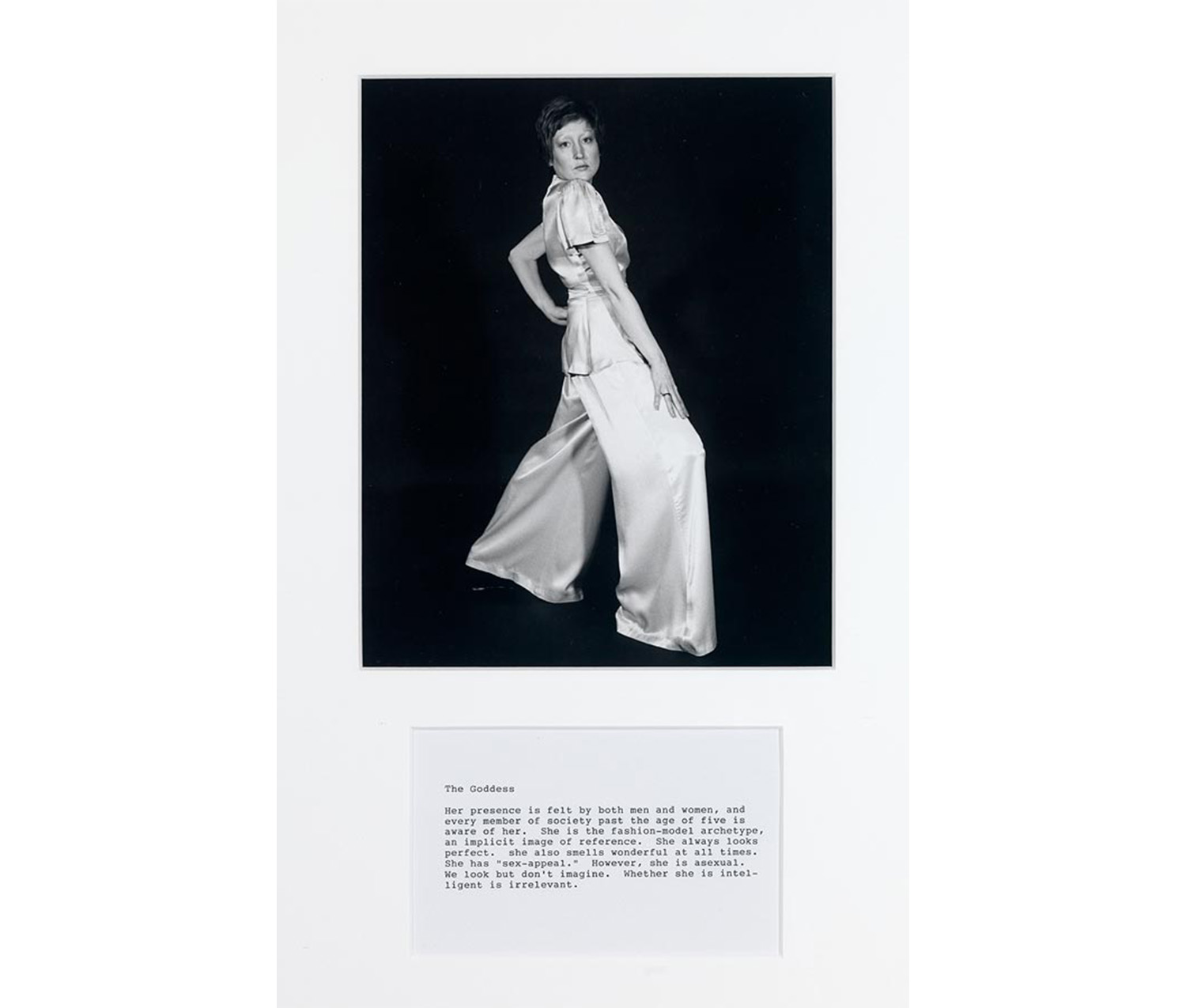
Martha Wilson. American, born 1947. The Goddess from A Portfolio of Models, 1974; printed 2008. Gelatin silver print with typewritten text. Purchased with the Dorothy C. Miller, class of 1935, Fund. Photography by Petegorsky/Gipe. SC 2011.27.2.
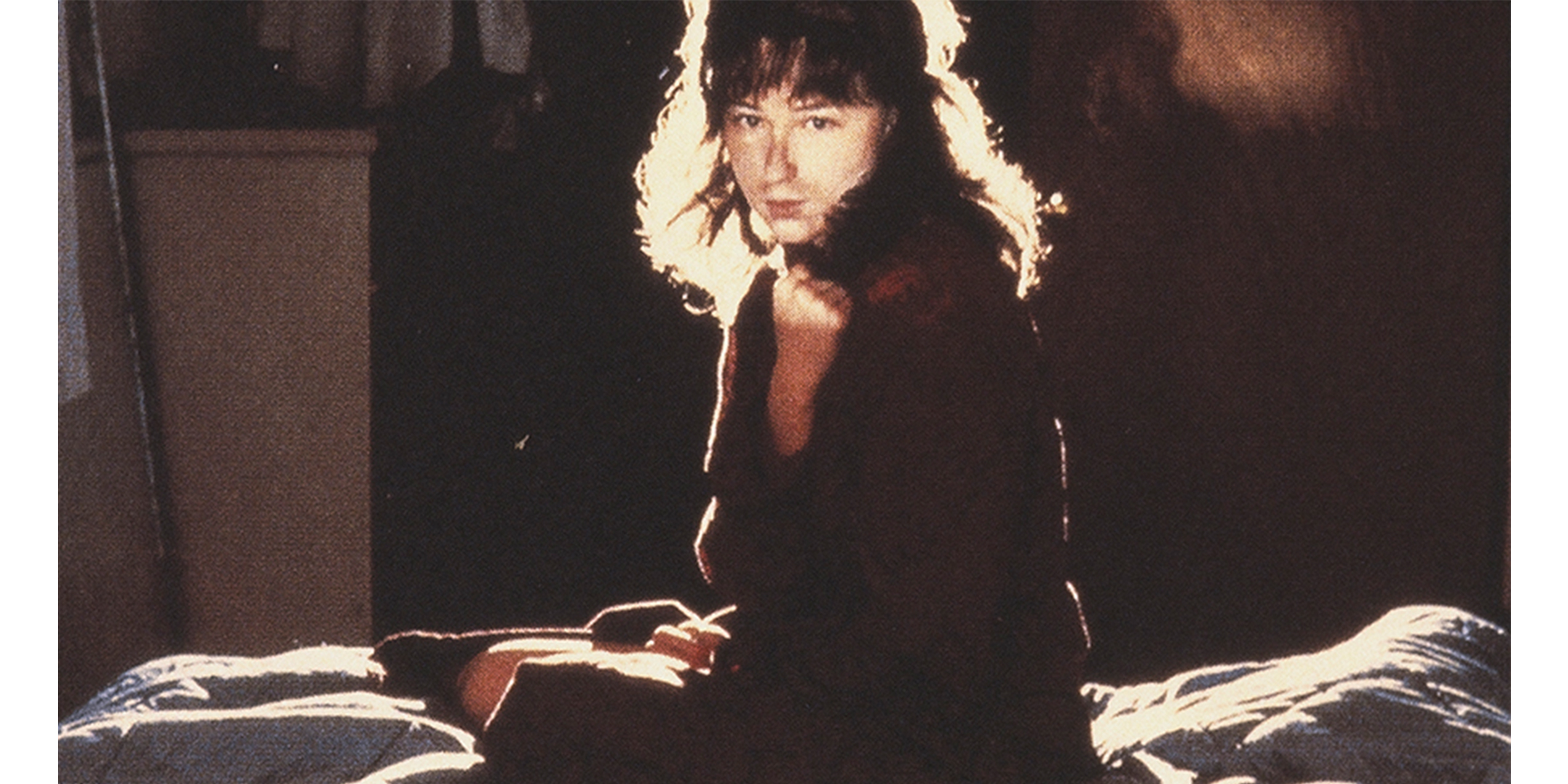
Cindy Sherman. American, born 1954. Untitled #95 from Centerfolds series, 1981. C-print. Gift of the Honorable Ann Brown (Ann Winkelman, class of 1959) and Donald Brown. Photography by Petegorsky/Gipe. SC 2000.20.
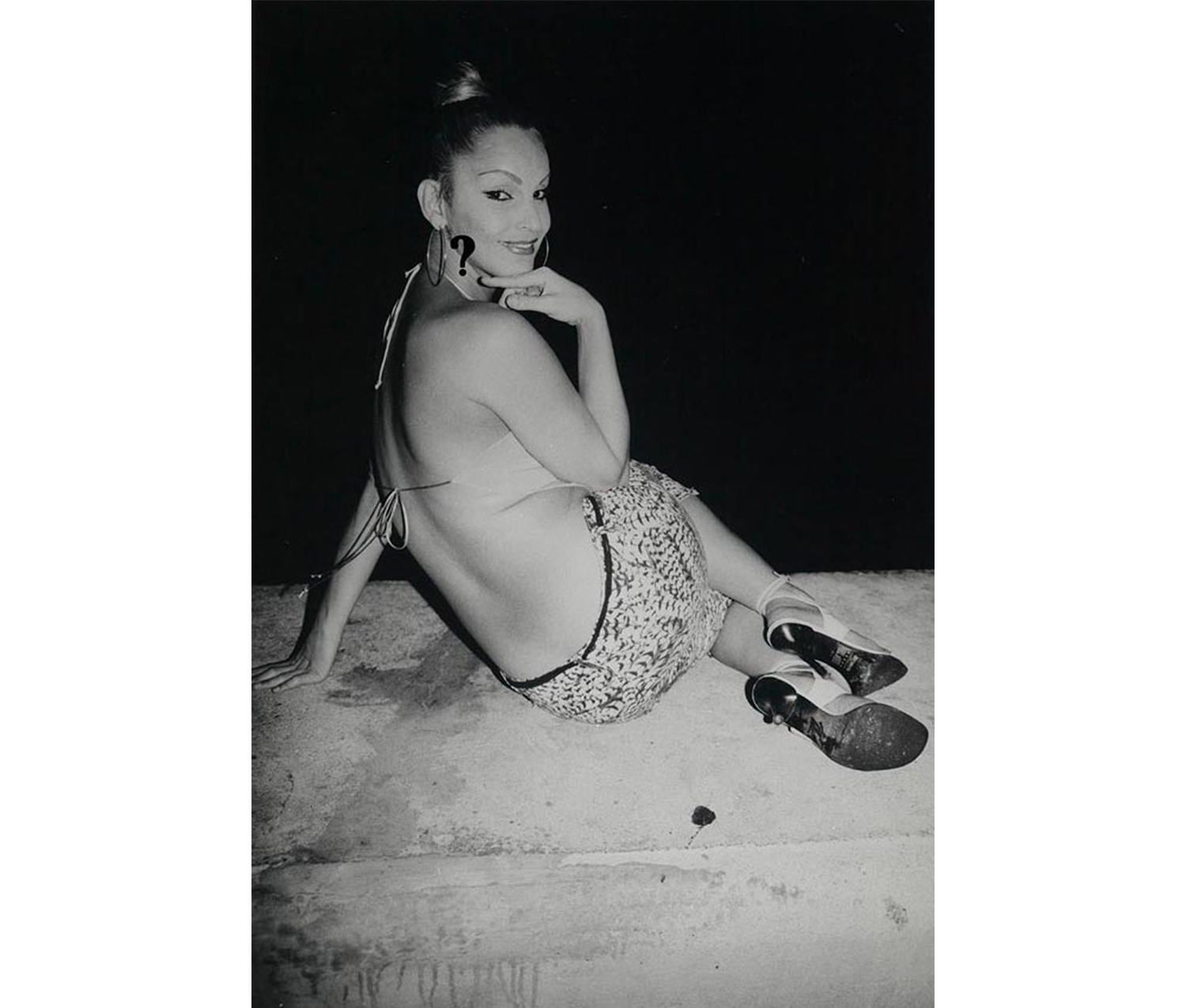
Eduardo Hernandez Santos. Cuban, born 1966. El Muro (The Wall), 2005; printed 2008. Gelatin silver print with applied presstype. Purchased with funds from the Dorius-Spofford Fund for the Study of Civil Liberties and Freedom of Expression. Photography by Petegorsky/Gipe. SC 2010.48.1b.
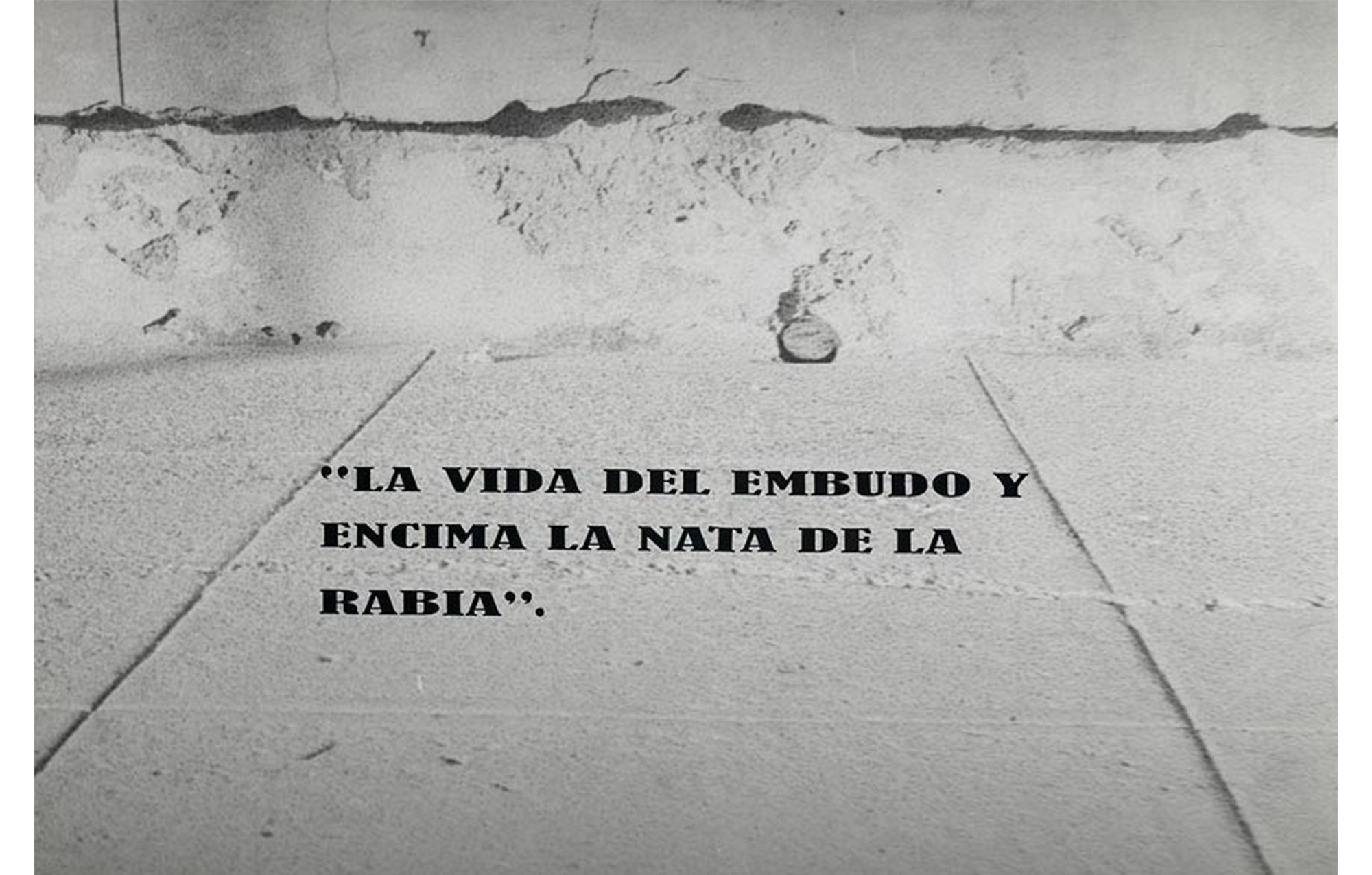
Eduardo Hernandez Santos. Cuban, born 1966. El Muro (The Wall), 2005; printed 2008. Gelatin silver print with applied presstype. Purchased with funds from the Dorius-Spofford Fund for the Study of Civil Liberties and Freedom of Expression. Photography by Petegorsky/Gipe. SC 2010.48.6a.
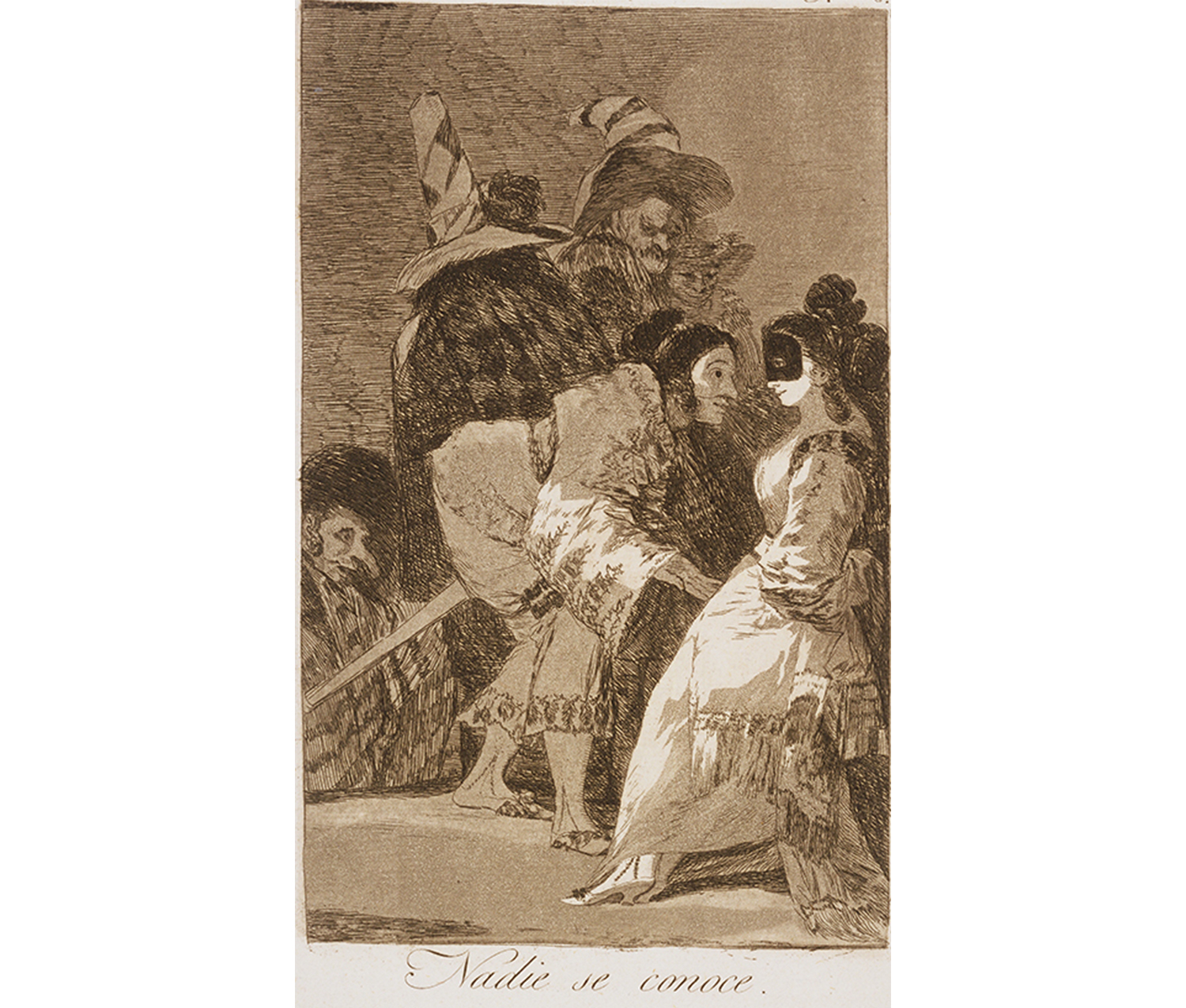
Francisco Jose de Goya y Lucientes. Spanish, 1746–1828. Nadie se conoce (Nobody knows anybody), Plate 6 from Los Caprichos, 1799. Etching and burnished aquatint printed in black on laid paper. Purchased with the gift of Albert H. Gordon. Photography by Petegorsky/Gipe. SC 1964.34.6.